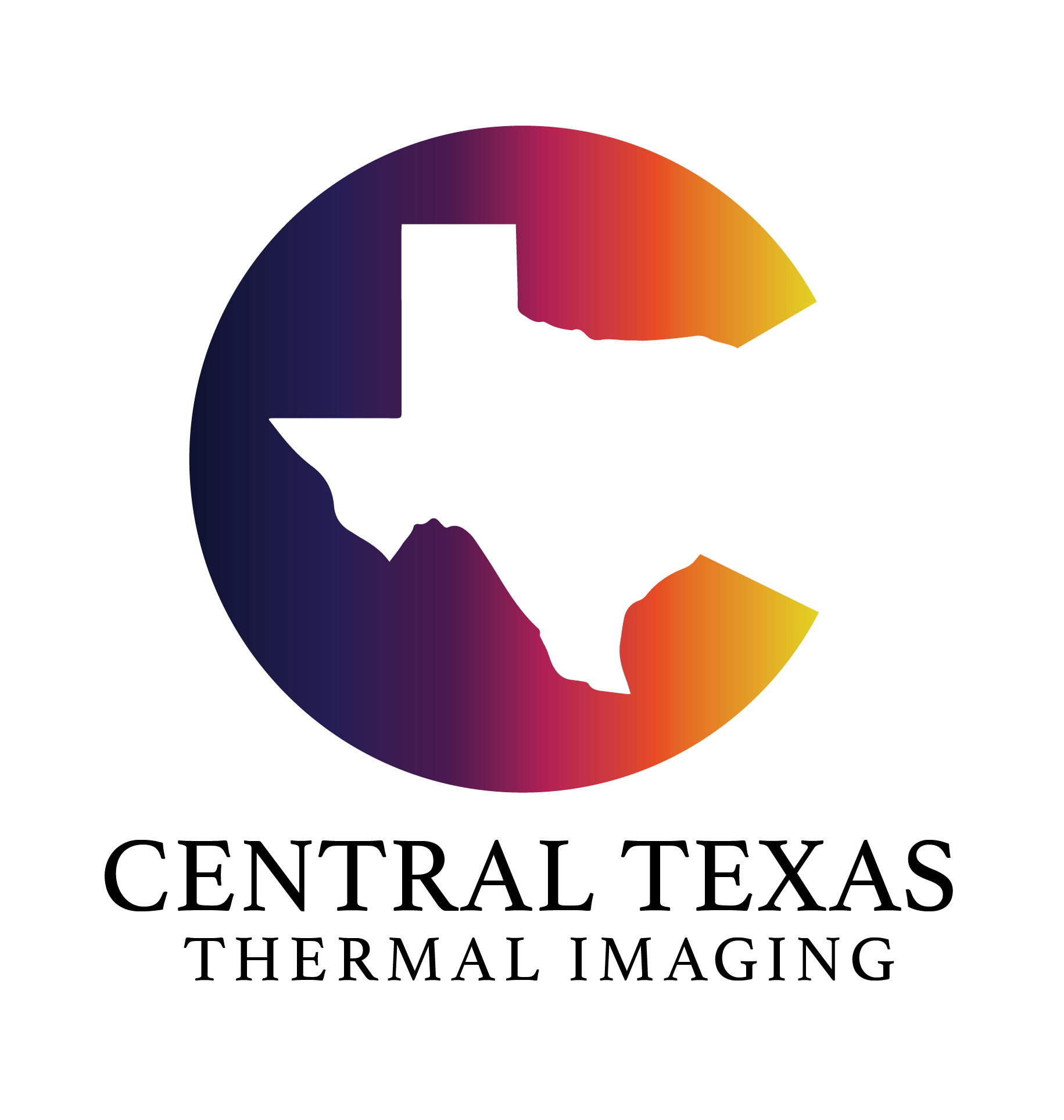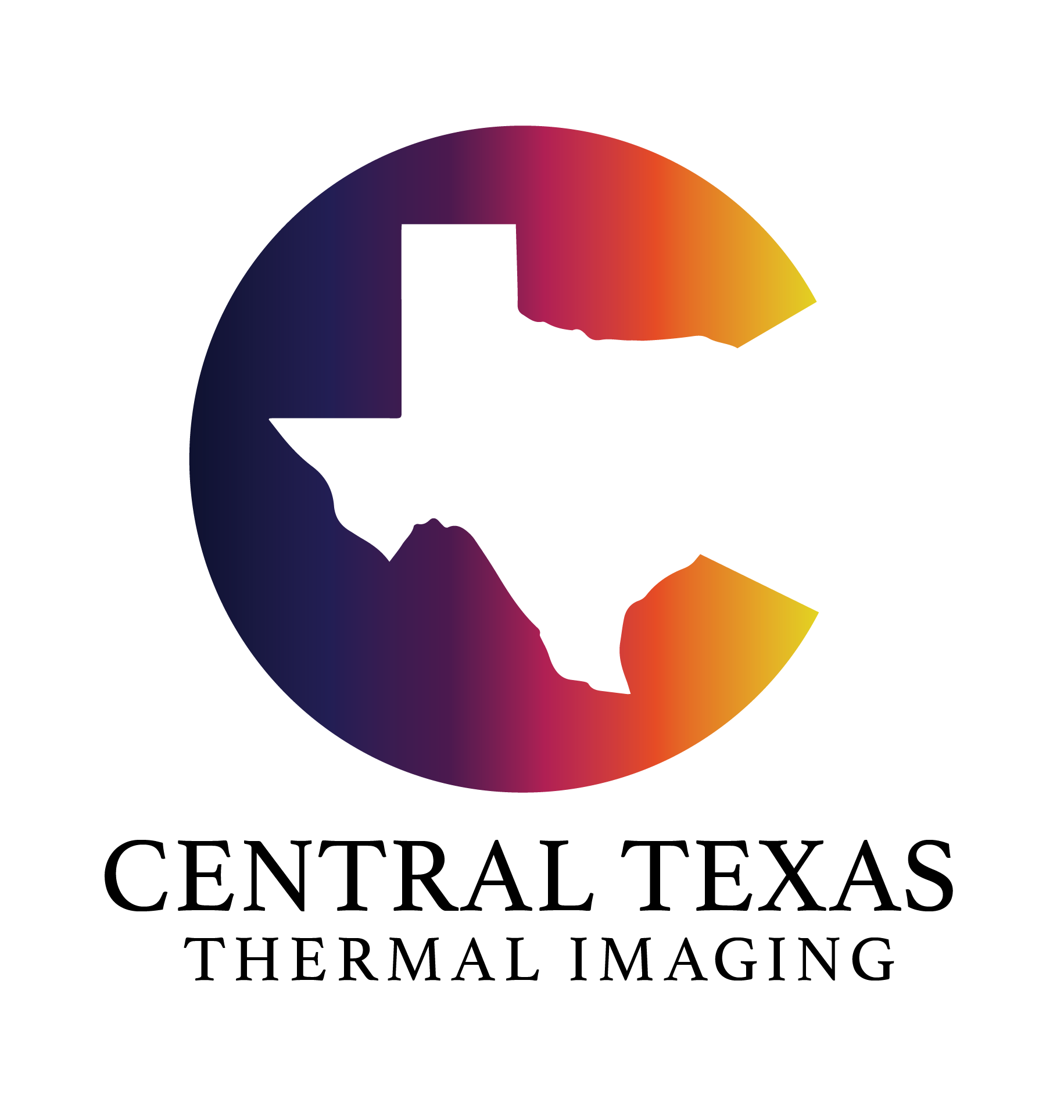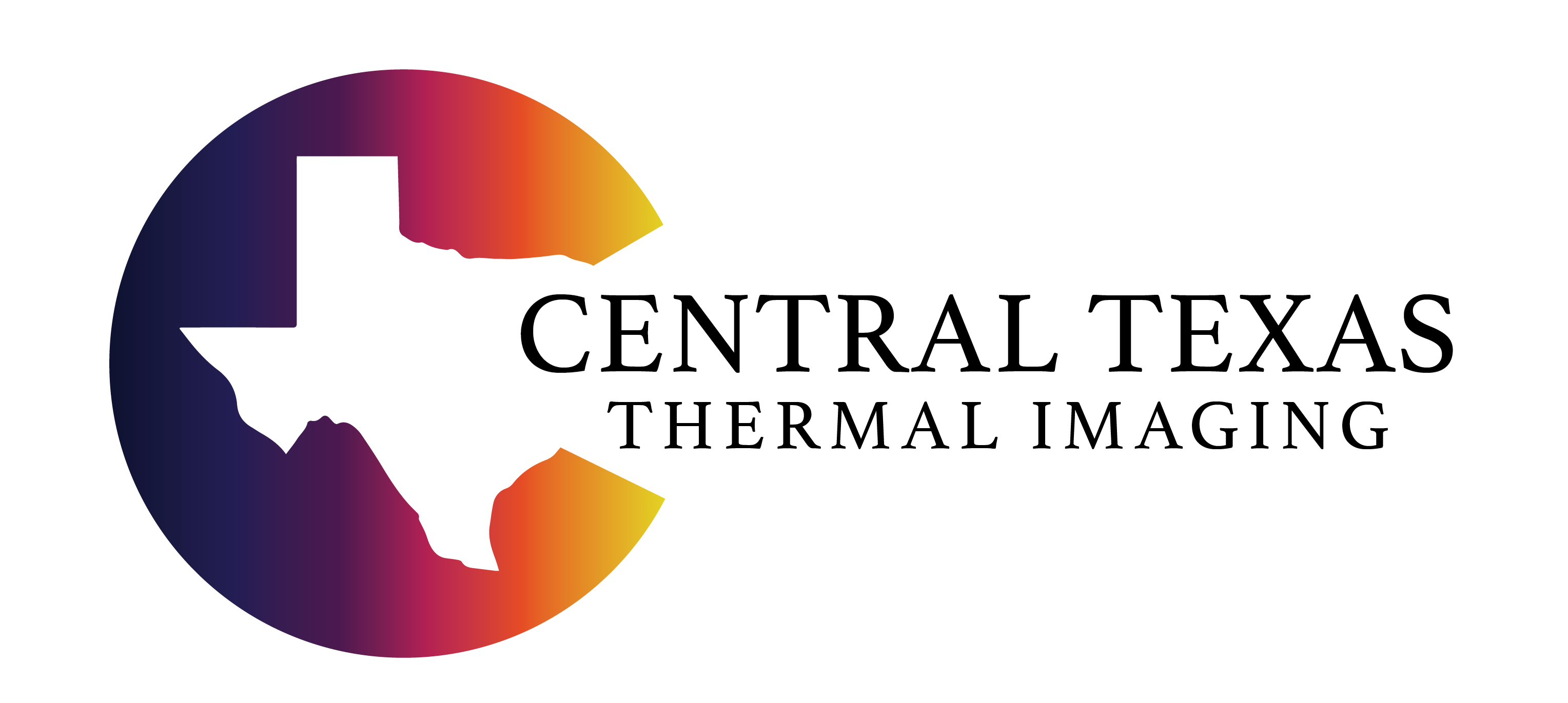Follow Us x
Roof IR - Business & Commercial Roof Infrared Scanning
PROVIDING SERVICES IN SAN MARCOS, ROUND ROCK, NEW BRAUNFELS, AND AUSTIN, TEXAS AREAS
Infrared imaging is a proven method for identifying and defining moisture problems in your roof. It will enable you to develop a more sophisticated roof asset management program, make more informed decisions regarding roof budgets and will help you plan repairs.
As water enters your roof through the waterproofing layer(s) by tears, cuts, poorly sealed penetrations, failed flashings and caps, the insulation below can become laden with water and trapped in the roof substrate. If left in disrepair, the concrete deck absorbs or traps water, the wood deck rots. The metal deck rusts, and water intrudes into the building's interior. Infrared thermography is useful in locating these moisture intrusions.
By using infrared thermography, we find the trapped moisture and mark the wet areas so that repairs can be made surgically. This can save you money because you may not have to replace the roof as soon. By marking paint directly on the roof, repair areas can be seen by anyone standing on the roofs after the survey is performed.
How -It -Works- During the day, the sun radiates energy onto the roof and into the roof substrate, and then at night, the roof radiates the heat back into outer space. This is called radiational cooling. Areas of the roof that are of a higher mass (wet) retain this heat longer than that of the lower mass (dry) areas. Infrared imagers can detect this heat and "see" the warmer, higher mass areas, during the "window" of uneven heat dissipation. Heat loss and other IR services can be performed at the same time.
By using the information generated by a RoofScanIR report, the owner's roofing professional can recommend cost-effective removal and replacement of wet components. Problem areas can now be corrected without the tremendous expense of replacing the entire roof.
Why RoofScanIR We create detailed, high-quality and easy to understand reports documenting roof moisture. Roof professionals can then use the information to verify the wet areas and write specifications to repair the roof.



